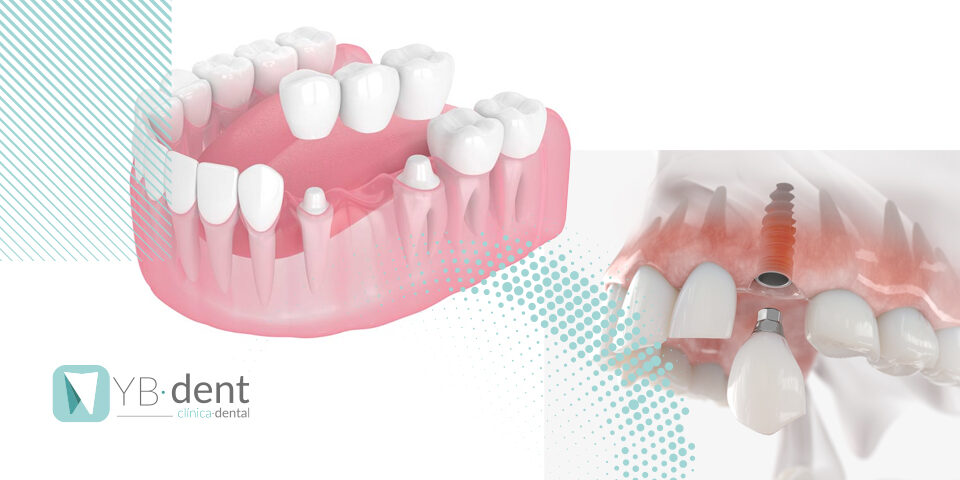Ortodoncia infantil

La edad ideal para tratar las maloclusiones dentales, suelen variar en función al tipo y gravedad de las mismas. Así mismo es más eficaz, comenzar con las visitas al ortodoncista antes de que el problema se haga presente y optar si es necesario por la ortodoncia infantil.
Es aconsejable iniciar con la primera revisión a los 6 años de un niño. De esta manera, la ortodoncista de clínica dental YBdent analizará tanto la posición como la mordida de los dientes. Y por otro lado el crecimiento de los huesos maxilares a una edad temprana.
En otras palabras, se corrigen las anomalías fácilmente, de acuerdo a la etapa de crecimiento.
A su vez, la primera revisión al dentista considera si el desarrollo es idóneo. Es recomendable realizar controles periódicos cada 6 o 12 meses. Como resultado, se podrá seguir la evolución de la salud dental. Detectando problemas en fases iniciales.
Pide cita con tu ortodoncista de confianza en la clínica dental YBdent.
Consejos para ortodoncia infantil
En el caso que surgiese una alteración en el alineamiento o la mordida. La especialista de clínica dental YBdent deberá valorar la posibilidad de comenzar el tratamiento de ortodoncia infantil.
Consecuentemente se realiza un estudio completo, incluyendo radiografías y fotografías. Para crear un plan totalmente personalizado a la boca del niño.
Por lo tanto, se puede comenzar con ortodoncia a partir de los seis años. Este tipo de tratamiento se conoce como ortodoncia interceptiva. Debemos tener en cuenta que por lo general, los dientes temporales, tienen misiones importantes.
La primera es que sirven para conservar la arcada dentaria. Y seguidamente para guardarle espacio a las piezas dentales definitivas.
En resumen, el tamaño de los dientes temporales es mayor que el de los permanentes. Por este motivo, el hueco dejado es un bien preciado. Ya que hay que conservarlo para la mayoría de los tratamientos de ortodoncia.
Visita clínica dental YBdent para que analicen el caso de tu niño y de ser así coloquen ortodoncia infantil. A continuación, explicaremos en qué consiste este tratamiento.
Tipos de aparatos de ortodoncia en niños
Las etapas fundamentales para comenzar con un tratamiento de ortodoncia es entre los 6 y 12 años. Pero, el tipo de aparato dental dependerá de la naturaleza de la maloclusión que tenga el niño.
En función de estos dos factores, hay dos tipos de aparatos:
- Ortodoncia interceptiva (removibles) :Es un tipo de ortodoncia infantil que se pueden quitar y poner. Se utilizan en niños pequeños. Consisten en unas placas acrílicas que sostienen la arcada dental, mediante unos ganchos de sujeción.
Sirven para corregir la mordida cruzada posterior, expandir la arcada dentaria o redireccionar algunos dientes.
Uso: De los más sencillos para niños. La placa se coloca en la boca, durante varias horas del día. Dependiendo de lo que indique tu ortodoncista de clínica dental YBdent.
Cabe destacar que el resultado obtenido con este aparato, varía del tiempo de uso.
- Ortodoncia fija (brackets): Son los más conocidos, se colocan una vez. Y siempre y cuando se hayan sustituido los dientes temporales. Sería sobre los 12 años de edad.
Aunque el niño, previamente utilice ortodoncia interceptiva, puede que en la adolescencia necesite brackets igualmente.
Dependiendo del material, encontramos distintos tipos de brackets:
- Brackets de metal: Suelen ser los más económicos pero se notan a simple vista. De cristal: Los más estéticos del mercado, ya que son transparentes y se mimetizan con el color del esmalte.
- De porcelana: Son estéticos también, pero ten en cuenta que con el tiempo pueden teñirse. Algo que no pasa con los zafiros.
En efecto, dependiendo del tipo de aparato que se elija, los precios de la ortodoncia infantil pueden variar.



